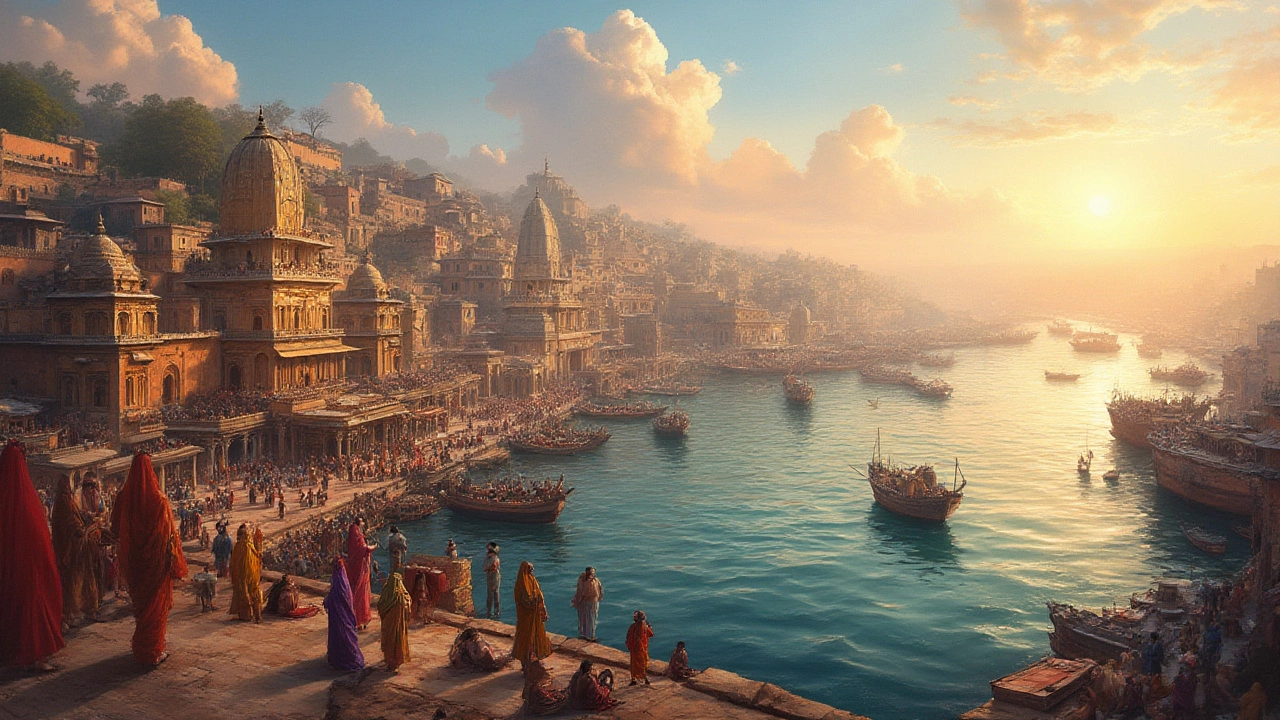SEARCH
Heritage Sites of India – Your Guide to Iconic Historic Gems
India is a museum without walls. From ancient forts that whisper stories of battles to marble marvels that stole the world’s breath, the country's heritage sites are the perfect playground for curious travelers. You don’t need a history degree to appreciate them – just an appetite for adventure and a few handy tips.
Top Heritage Sites to Add to Your Bucket List
1. Taj Mahal, Agra – No list is complete without this white‑marble love story. Visit early morning to beat the crowds and catch the sunrise glow. The ticket line is short if you book online, and an audio guide gives quick context without slowing you down.
2. Hampi, Karnataka – Imagine stepping onto a massive stone playground. The ruins stretch for miles, so rent a bicycle or a scooter to see the Vittala Temple, the stone chariot and the royal bazaar in a few hours. Carry water; the sun can be harsh.
3. Khajuraho Temples, Madhya Pradesh – Famous for their intricate carvings, these temples are a photographer’s dream. The best time is October‑November when the weather is pleasant and the Light and Sound Show adds drama after sunset.
4. Jaipur’s Amber Fort, Rajasthan – Ride an elephant or a jeep up the hill, then wander the courtyards and mirror rooms. Early afternoon can be busy, so aim for a morning entry and grab a local snack from the market nearby.
5. Mysore Palace, Karnataka – The palace lights up like a fairytale on Sundays and during the Dasara festival. A quick photo stop is fine, but if you have a few hours, the audio tour reveals the royal history behind each hall.
Planning Tips for a Smooth Heritage Tour
First, map your sites by region. Grouping attractions that are close together saves travel time and money. For example, combine Agra’s Taj Mahal with Fatehpur Sikri, or pair Hampi with the nearby Badami caves.
Second, check entry fees and timings before you leave. Many monuments have free entry for Indian citizens on certain days, while foreign tourists pay a modest fee. Online ticketing is now common for places like the Taj Mahal, Red Fort and the Qutub Minar.
Third, dress modestly. Most heritage sites are religious or cultural landmarks, so covered shoulders and knees keep you respectful and avoid being turned away at the gate.
Fourth, bring a portable charger. Audio guides, map apps and photos drain batteries fast, and you’ll thank yourself when you can capture that perfect shot of the sunrise over the Taj Mahal.
Finally, respect the rules – no climbing on structures, no littering, and keep noise low. These sites survive centuries because visitors treat them with care.
Ready to explore? Pick a region, grab a prepaid train or bus ticket, and let India’s heritage surprise you. Each monument has a story, and with the right plan, you’ll hear them all without the hassle.

UNESCO Heritage Cities in India: Exploring Cultural Treasures
Discover which cities in India have earned UNESCO World Heritage status, what makes them unique, and practical tips for exploring their heritage wonders.
Continue reading